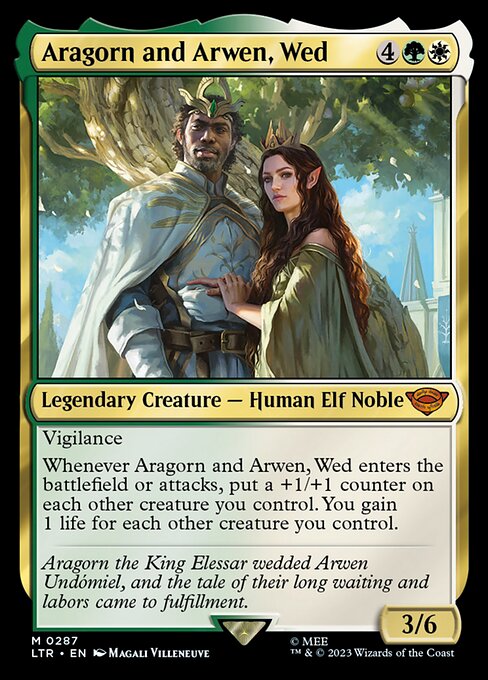Deck & Commander Strategies
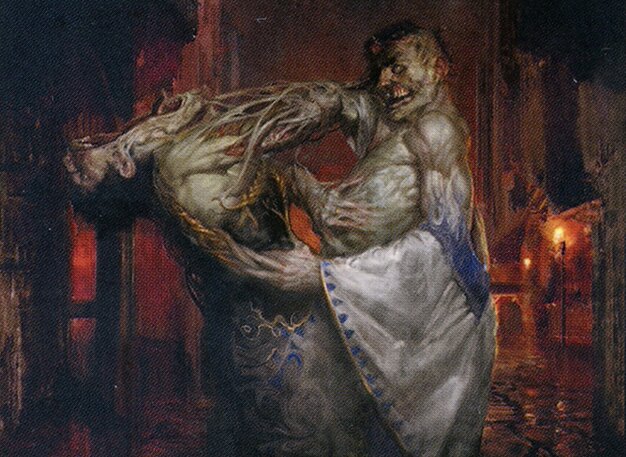
The Ever-Changing 'Dane
This deck focuses on borrowing and transforming other players' permanents, creating versatile board states by adapting to the current game situation. It leverages the ability to gain value from various legendary permanents and permanents on the battlefield, often using them for sacrifice or utility.

Aragorn and Arwen, Wed
A life gain and creature synergy deck that aims to stabilize the board through incremental life gain and defensive creatures. It uses cards like Souls Attendant and Welcoming Vampire to bolster survivability and gradually build advantage while supporting a resilient board.
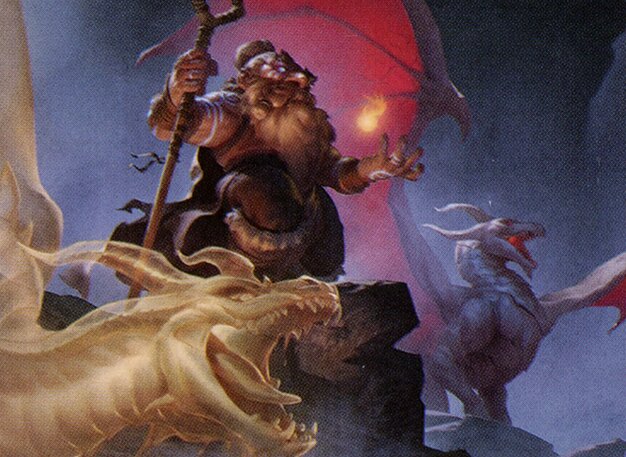
Cadric, Soul Kindler
This deck copies legendary creatures and permanents entering the battlefield, granting them haste and then sacrificing them to generate value. It includes ways to keep tokens or copies around, enabling explosive turns and continuous advantage through repeated use of powerful legendary effects.
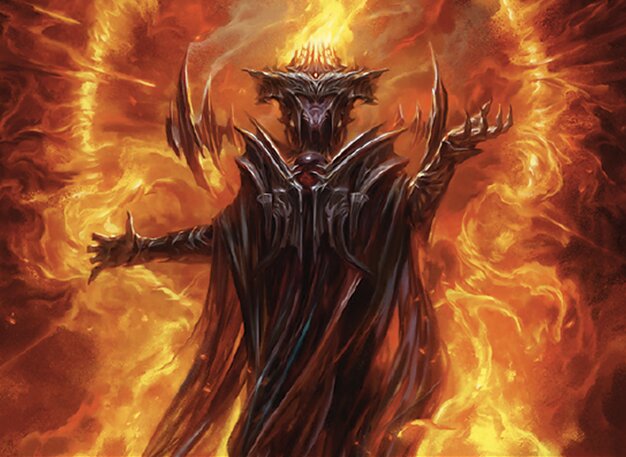
Sauron, the Dark Lord
A token swarm deck that capitalizes on Sauron's ability to create Orc tokens whenever opponents cast spells. The deck focuses on building a large army quickly, overwhelming opponents with numbers and using synergy cards to maximize the impact of the growing token horde.
Gameplay Insights
- 1
Sauron's passive ability to create Orc tokens on opponents' spell casts was instrumental in building board presence and applying pressure.
- 2
Cadric's strategy of copying legendary creatures and sacrificing them for value generated explosive turns and forced opponents to respond.
- 3
Aragorn and Arwen maintained a life gain engine to stabilize and sustain through the aggressive strategies on the board.
- 4
The Ever-Changing Dane's ability to adapt by borrowing and transforming permanents introduced tactical complexity and unpredictability.
- 5
Players carefully balanced aggression and defense, with key interactions revolving around countering threats and managing token swarms.
- 6
Early game plays like Ragavan's dash and treasure generation accelerated tempo and resource availability for multiple players.
- 7
Board wipes or mass removal were feared due to the potential to reset the advantage of token and legendary creature strategies.
Notable Cards
-
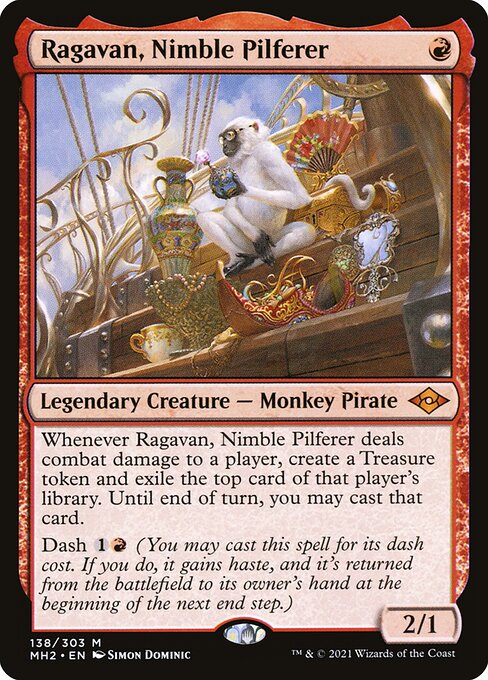
Ragavan, Nimble Pilferer
-

Welcoming Vampire
-
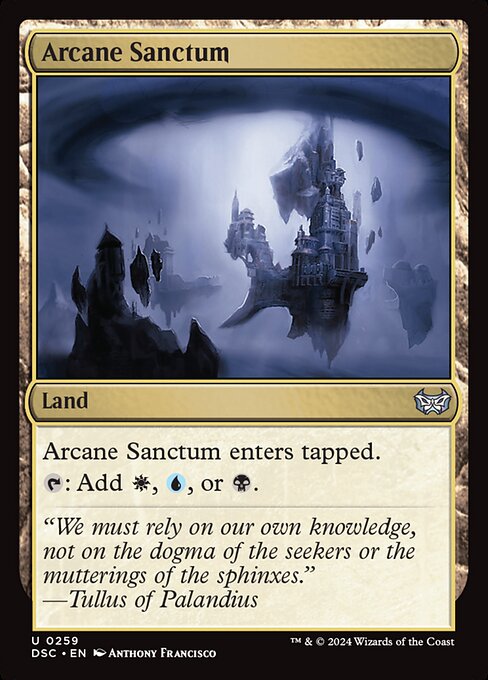
Arcane Sanctum
Gameplay Summary
The game started with a fairly slow early pace as players established their boards, with some early interaction involving creatures like Ragavan and some counters and removals being exchanged.
Cadric, Soul Kindler developed a board presence by copying legendary creatures and generating value through haste and sacrifice synergies.
Meanwhile, Sauron, the Dark Lord steadily grew an army of Orc tokens by leveraging his commander’s passive ability that creates tokens whenever opponents cast spells, building a threatening board that demanded attention.
Aragorn and Arwen focused on supporting life gain and creature synergy, setting up a defensive and incremental advantage through cards like Souls Attendant and Welcoming Vampire. A key turning point was Sauron's ability to amass a large token army, which pressured the other players and forced them into defensive stances.
Cadric’s repeated creation and sacrifice of legendary creatures allowed for explosive board states and value generation.
The Ever-Changing Dane added an unpredictable element by borrowing and transforming permanents, which added complexity and tactical flexibility to the game.
Ultimately, the game revolved around managing board presence and leveraging powerful token generation, sacrifice, and life gain synergies.
The interplay between Sauron's token swarm and Cadric’s legendary copies created a dynamic battlefield, while Aragorn and Arwen’s life gain engine provided sustainability against aggression.
The episode showcased strategic timing of threats and defensive plays to maintain board control and set up win conditions that relied on overwhelming opponents with either large armies or incremental advantage.



